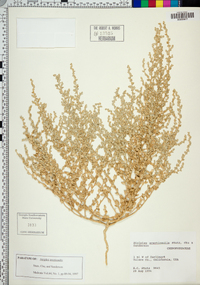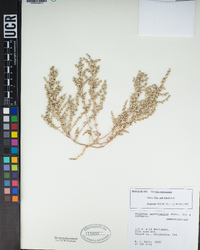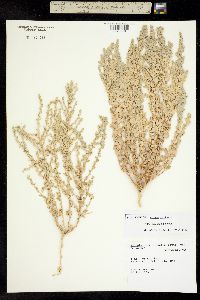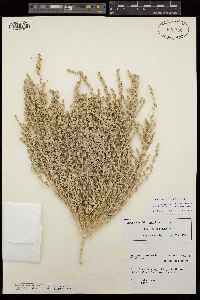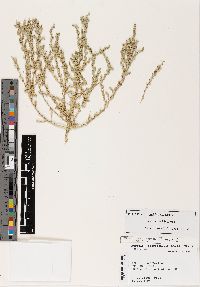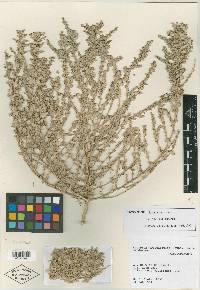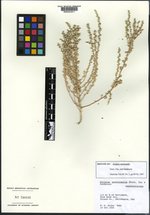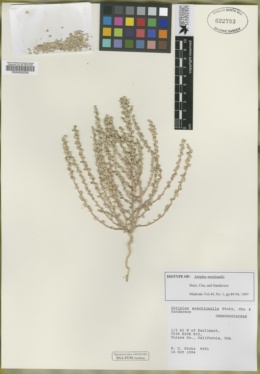Atriplex cordulata var. erecticaulis
|
Atriplex cordulata var. erecticaulis
 (redirected from: Atriplex erecticaulis Stutz, G.L.Chu & S.C.Sand.) (redirected from: Atriplex erecticaulis Stutz, G.L.Chu & S.C.Sand.) |
|
|
Family: Amaranthaceae
Earlimart Saltbush
[Atriplex erecticaulis Stutz, G.L.Chu & S.C.Sand.] |
|

